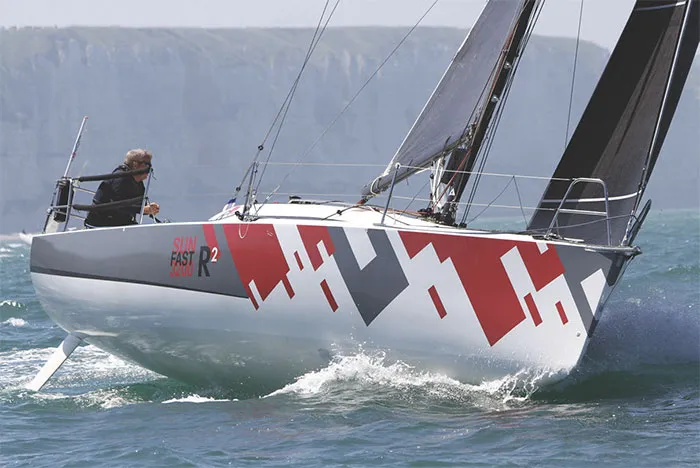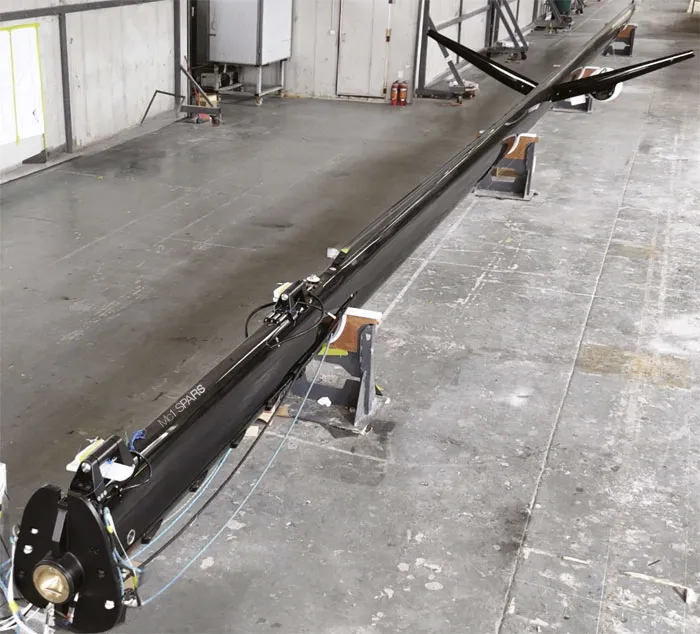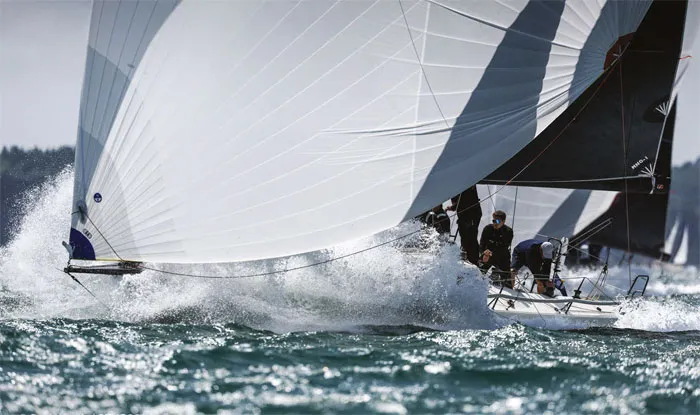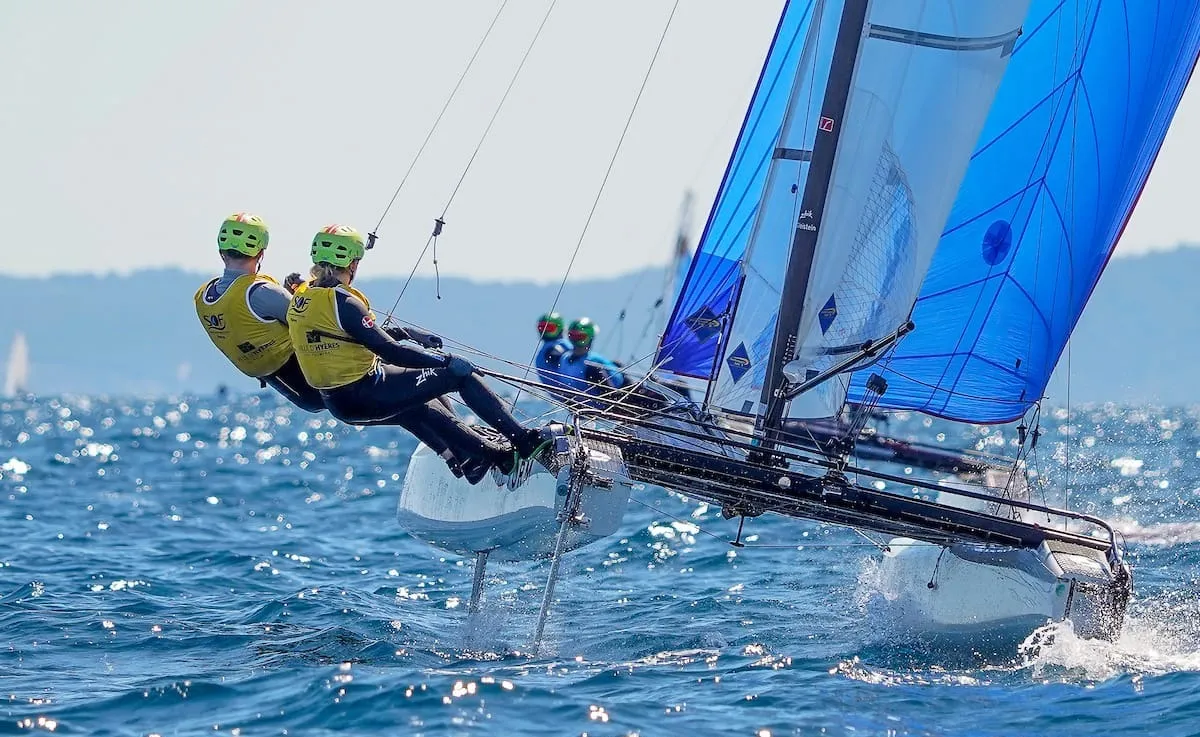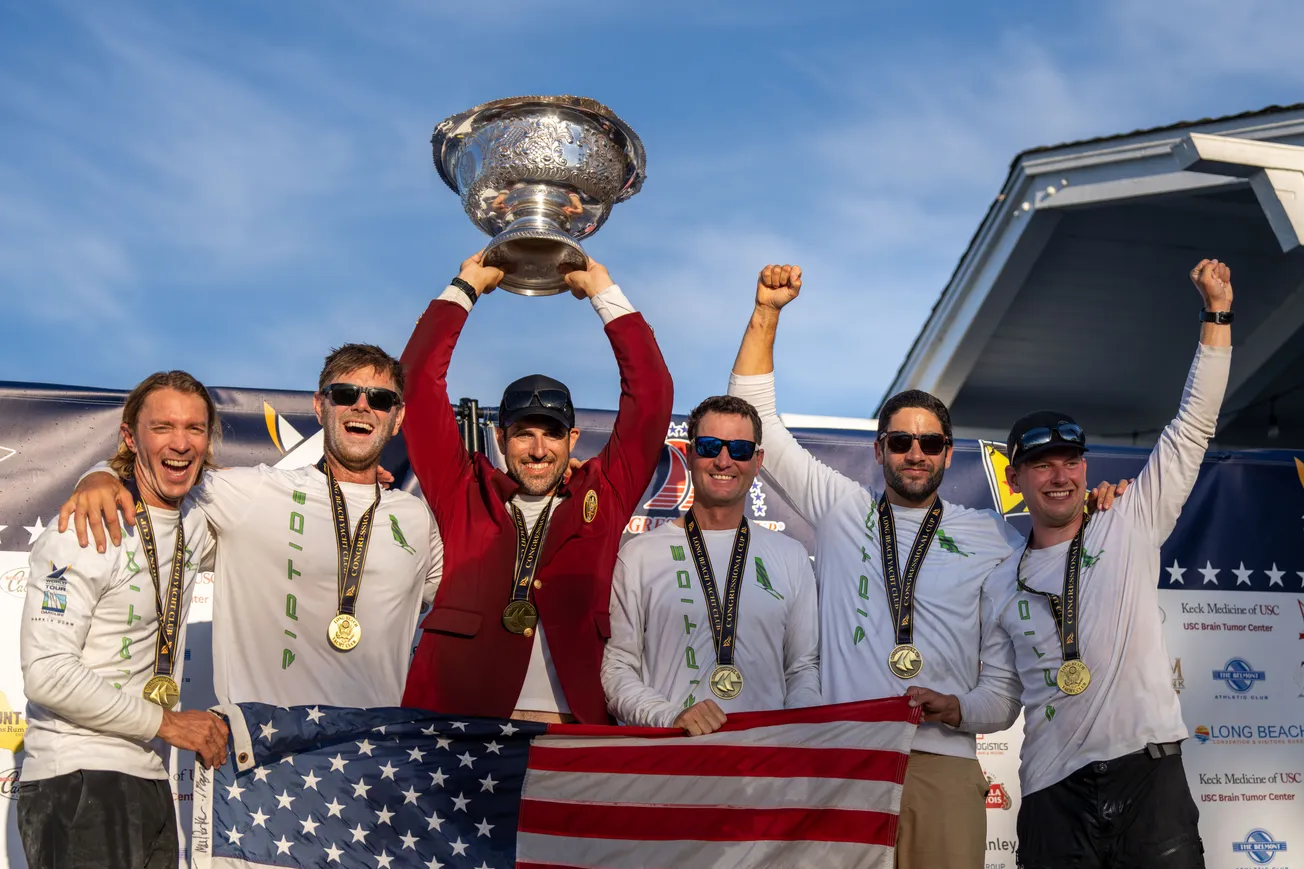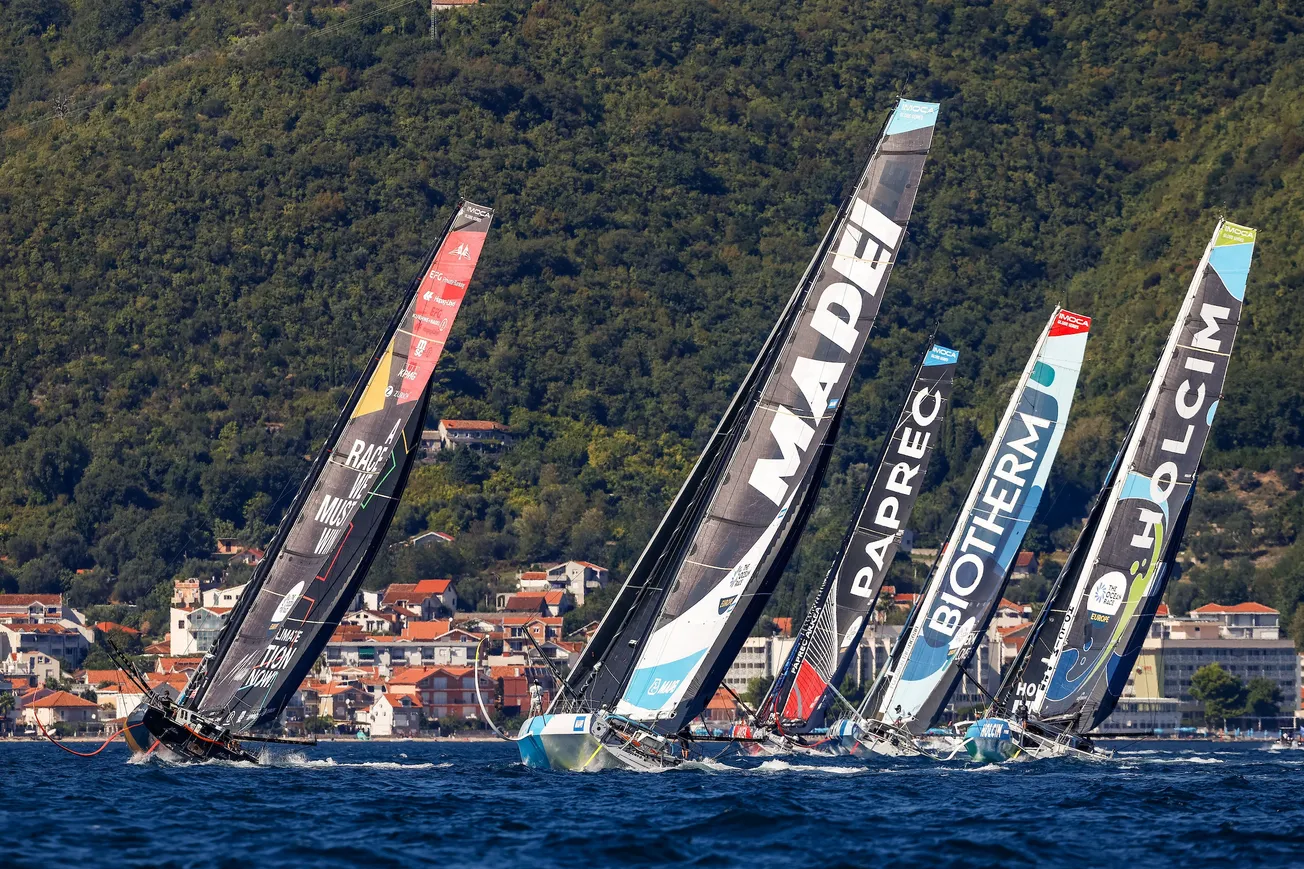
So says Nigel Colley, a shorthanded sailor himself and the guy behind Sea Ventures, the UK-based Jeanneau dealer that’s been deep in the offshore scene for years.
“There’s this misconception that you have to go all-in with pros and the latest tech to get results,” Colley says. “But we’ve seen time and again that dedicated amateurs with well-prepped secondhand boats can not only be competitive—they can win.”
He should know. Colley’s been at the heart of the UK’s thriving short-handed racing movement, and he’s seen firsthand how boats like the Jeanneau Sun Fast 3300 have shifted the dynamic. Since its 2019 launch, the 3300 has been a weapon of choice on offshore podiums worldwide—especially in doublehanded fleets.
Take Red Ruby, for example. American sailors Jonathan McKee and Justin Wolfe picked up the boat secondhand—already specced with a carbon rig and full wardrobe—and went on to win the 2023 ORC Doublehanded Worlds and the 2024 IRC Doublehanded Europeans. Originally raced as Gentoo by James Harayda, the boat was well-sorted and ready to race. “That’s the key,” says Colley. “You don’t just save money with a used boat—you save time, too.”

According to Colley, a race-ready new 3300 will set you back close to £300,000. A good used one? Half that. And it’s not just the 3300 that’s keeping things competitive and affordable. The Sun Fast 3600—launched a decade ago and still punching hard—can be had for around £130,000, and it’s still racking up silverware. RORC Commodore Deb Fish and Rob Craigie have been racking up shorthanded wins in Bellino for years, including back-to-back overall wins in the RORC Season’s Points Championship.
Step further back in time and prices drop even more. The Sun Fast 3200—another stalwart of the short-handed fleet—can be had for £70–80K and remains seriously competitive. Just ask Tim Goodhew and Kelvin Matthews, who put together a string of class wins in Cora last season, including the Cherbourg Race and the De Guingand Bowl.
“The 3200 was a game-changer when it launched,” Colley says. “And it’s still a fast, reliable platform. We’ve seen well-campaigned examples dominate.”
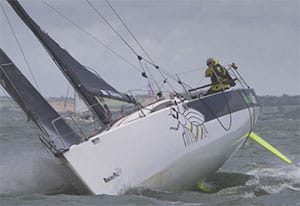
Then there’s the budget-minded route: boats around the £50,000 mark—older but race-ready—with shared ownership becoming an increasingly popular model. “Four owners sharing a £50K boat? That’s the same investment as a good dinghy,” Colley points out. “And you get a lot more adventure for your buck.”
Of course, Jeanneau isn’t the only player in the mix. Colley tips his hat to other proven performers like the JPK 1010 and J/Boats’ offerings. The point is: there are options—plenty of them—and most of the boats designed in the last decade are well-suited to today’s versatile, furling-code-zero, short-handed racing style.
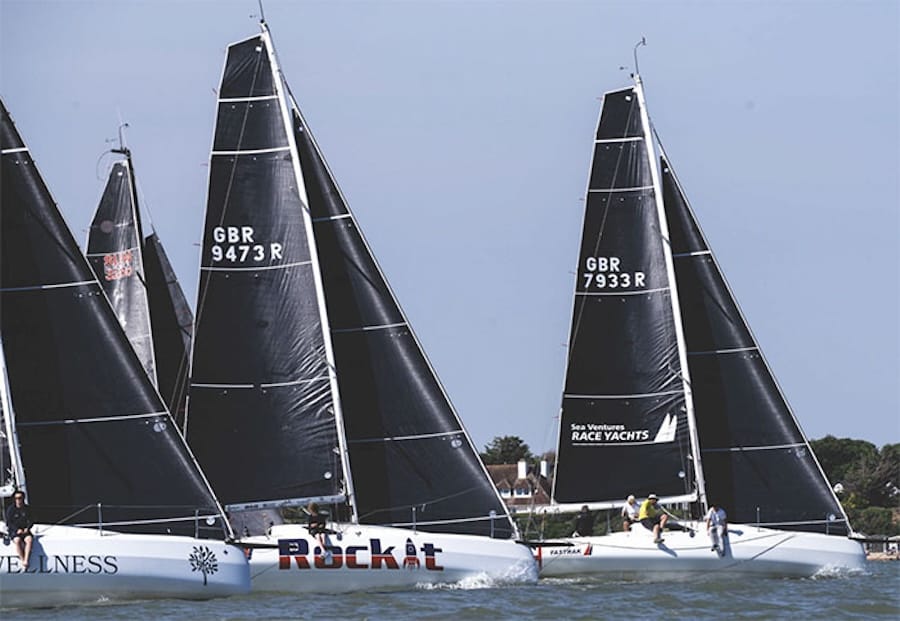
And versatility is where the game is headed. “We’re seeing a shift in what 'fully crewed' means,” says Colley. “A lot of 30-footers are racing with just four on board now. Even bigger boats are trending in that direction.”
The rules are in flux, with IRC and ORC each carving out their niches. But the smart owners are looking for boats that can straddle formats—and switch easily between short-handed and full-crew setups, inshore or offshore.
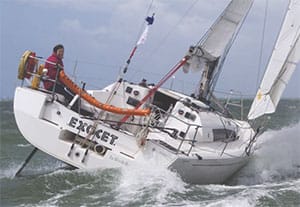
“The sexy 60-footers might grab the headlines,” Colley says, “but look at the results. Smaller boats are winning on corrected time. And a lot of those are two-handed crews doing it on sorted, secondhand boats.”
So, while the top end of the fleet chases speed records and media clicks, the real action—the accessible, competitive kind—is bubbling just below the surface. And it’s never been a better time to get in on it.


